Smartphones are indispensable tools for the digital world around us. They provide communication, gaming, entertainment, information, and work management. They are our daily drivers, improving workplace efficiency and daily tasks. However, it's frustrating when the phone battery runs out, leaving you with a black screen. If you are one of those people who want to keep their phone charged longer and away from plugging into the wall, then this guide is for you.
The smartphone's small internal lithium battery, which stores electricity, relies on a charger for replenishment. However, its charging speed depends on the charger's power or combination of ampere and voltage. A powerful charger that supports USB PD 3.1 can supply up to 240W. These modern chargers can vary their power to suit the device connected. Generally, a higher power charger means faster charging times.
Finding the correct charger for your phone may require delving into the science and mathematical jargon. In this guide, we aim to make these numbers easy to understand so that you fully grasp the power output of your phone charger.
Understanding Charger Power for Mobile Devices
The power rating mentioned on a phone charger indicates how much electrical power it can deliver to charge the phone battery. The most common numbers mentioned on any charging brick are Power, Current, and Voltage. Let's get into the meaning of these power ratings:
What is Charging Power?
We measure electrical power in terms of watts (W), and its relation with current (ampere) and Voltage (V) is expressed mathematically as
Power (W) = Voltage (V) x Current (A)
Imagine a water tank at the top of your building and a tap on the ground floor. If we open the tap, water will come out. The push or pressure with which water comes out of the tap is analogous to the charger's voltage, and the amount of water is the current.

In an electric circuit, voltage is the potential difference that drives the current. The higher the voltage, the greater the quantity of current that flows. To simplify, the higher the voltage of your charger, the less time it will take to charge the battery. On the other shore of the island, the current is the quantity that fills the battery, and voltage is the “push” that the charger exerts to cause the current to flow into the battery.
Standard vs. Fast charging
- Standard Charging:A standard charger typically has a five-volt and up to two-ampere current rating. Standard charging acts like a steady supply of current that gradually fills up the phone battery at a constant, slow rate—power ratings for this type of charging brick range from five watts to 10 Watts.
- Fast Charging:Increase the charging voltage (V) to allow battery charging at much quicker rates. Fast chargers use up to 12 volts and offer a variable current supply to optimize the charging speed. Standard fast chargers start at 15 watts and go as high as 240 watts, depending upon the proprietary charging standard adopted.
How to Calculate the Power Output of the Charger
If a charger has a label stating 20V/5A, it can supply a maximum current of 5 Amperes with an electrical push of 20 Volts.
So, the maximum power it can deliver is 20V x 5A = 100 Watts.
If your charger has multiple voltage and ampere combinations printed on it, then it means that it has variable voltage. These chargers are usually used for wide-scale applications and can charge devices based on their requirements.
The Relationship Between Charger Power and Charging Efficiency
The relationship between Cell Phone battery charging efficiency and charger power is nonlinear. At the initial charging stages, efficiency improves as charging power is increased. However, further power increases may not significantly enhance efficiency beyond a certain point. This diminishing return occurs due to energy losses, thermal constraints, and battery characteristics. Phone batteries are temperature-sensitive. Increasing too much input power makes the charging process more inefficient. Fast charging is efficient until the battery reaches up to ~ 70 percent, after which temperature constraints limit the charger's efficiency.
Wireless chargers could be more efficient in transmitting power to phone batteries owing to their working principle of electromagnetic induction.
Phone manufacturers' main concern is maintaining an optimized balance between charger power and efficiency. They are innovating to achieve this balance.

Choosing the Right Charger Based on Phone Specifications
All Fast-charging technologies are generally proprietary. They require company-specified chargers and cables to achieve the advertised results. Using one company’s charging brick to charge someone else's phone may not bring the expected results. One can easily select the charger for this phone by first identifying the phone's model and make, against which he can search for charger specs in a cellphone brochure readily available on the company’s website.
Thus, users can rule out the myth of damaging the phone using an aftermarket fast charger. Manufacturers offer a complete collection of securely designed and manufactured phone chargers and cables. One can opt from single charging bricks to complex multiple output phone chargers that can supply from 9W to 100W for a single device. Their cleverly engineered designs protect your phone battery from any hazard of overheating and adversaries of ill-designed third-party charging bricks.
Fast Charging Technology Explained
Fast Charging Basics
At ground level, fast charging increases the phone charger's output voltage. The standard power output of a USB port is typically 2.5 Watts. Modern phone chargers normally deliver well above 15 watts, with some reaching upwards of 200 watts.
Cellphone companies proudly brag about their charging technologies, which offer reduced total charge times. Manufacturers frequently claim that the battery can be powered by 50% in 30 minutes and charge fully in under 1 hour. Let's delve into the unique technology that powers our cell phones.
For the DC charger output, electric power (P) is the product of current (I) supply and voltage (V) push. In simple mathematical expression, P = V x I. So, a 3 Ampere and 5 Volt charger will provide 15 watts of DC at its output, which ultimately feeds the phone battery.
Charging speed varies as the battery juices up. At a fully drained state, the charging speed increases and reduces as the battery fills up to the brink. Fast chargers employ different proprietary techniques to deliver increased power. The tech world is impressive in filling the battery despite increasing voltages. The process happens in stages. Here is an explanation of these three stages:
- Constant Current Stage:In the first stage, the current maintains a higher value, with voltages increased to the maximum level. Remember the voltage number mentioned on the charger that we discussed earlier. In the initial drained battery state, this current flow at charger peak voltages offers what the companies described as a 50 percent charge in the initial 30 minutes, etc.
- Saturation or Plateau Stage: When the battery is almost half full and voltages peak, the current drops. This stage lasts up to ~ 80 percent.
- Trickle-Down Stage:The battery is almost complete at this third stage, and the current value has dropped significantly. So, the power trickles slowly into the battery. This stage lasts from 80 percent to 100 percent and is the slowest.
Examples of Fast Charging Technologies
Quick Charge by Qualcomm
The American tech giant Qualcomm manufactures processors that power nearly every manufacturer's flagship series. Their current processors support the Quick Charge 4+ standard, which allows phones to support chargers with a power output of up to 100 watts. If your charger supports QC 5.0, it can safely charge a Qualcomm device as it is backward compatible.

USB Power Delivery by USB-IF (or USB PD)
This standard elevates the USB port power transmit capability from 2.5 volts (USB 2.0) to up to 100 watts. Apart from offering blazing fast data transfer speeds (up to 40Gbits/sec), the newer USB 4 standard will enable USB ports with its innovative power delivery of 240W and widely standardize the charging of devices that rely on USB ports, including phones and laptops. USB PD chargers are readily available and offer stable and diverse charging capabilities.

Hyper Charge by Xiaomi
It offers up to 120-watt charger output, which takes 17 minutes to juice up a standard 5000 mAh battery. Xiaomi demonstrated this fantastic feat of technology with the launch of the Xiaomi 11T mobile set in 2021. The charging system is proprietary technology, so it is incompatible with most devices. However, it works for compatible Xiaomi phones. The 90-watt charger offered with their latest Xiaomi 14 handset promises a 100 percent battery fill in just 33 minutes.
Xiaomi adopted an approach similar to VOOCC by OPPO. It offers a dual-cell battery structure that enables twice the available input. It overcomes the conventional voltage limitations by charging the two cells independently. The dual charging setup or the dual charge pumps optimize the ratio between ampere and voltage by lowering the voltage and increasing the ampere to an appropriate higher number.
It offers better thermal control of the battery with a larger intake of current, keeping the battery life intact even after hundreds of fast charging cycles. Xiaomi also employs multiple Tab winding (MTW) that multiplies the battery's single anode and cathode terminals through splitting, offering a shorter current path and lowering the internal resistance.
To further reduce the internal resistance, Xiaomi has used graphene-based Lithium-ion technology, which provides more conductivity and less resistance than conventional battery setups. To make quick charging efficient and keep the battery temperatures lower, Xiaomi offers a unique feature of liquid cool technology, which offers efficient heat dissipation as the battery charges. At the same time, HyperCharge by Xiaomi adopts multiple auto actions to protect the battery, including overheating shutdown protection and Overcurrent/voltage protections to ensure human safety.
Fast Charging: Impact on Chargers & Phones
Current Fast-charging technologies are proprietary ones and require specific hardware for optimum results. It includes both the charger and the charging cables. Some designers have embedded electrical protection for battery charging inside the charger or cable terminals.
Using a charger or cable from a different vendor with different fast charging technology will not yield optimum results. One should stick to the specifications provided by the mobile phone manufacturer. So always ensure that your phone supports the charging standard.
*Note: Fast charging at elevated voltage levels is a heat-intensive operation, so avoid charging in direct sunlight and charge the phone in a low-temperature environment to ensure battery longevity.
How To Choose The Best Charger For Your Phone
After you understand your device's requirements, we can move to selecting the best charger for your phone. Let's begin by discussing what information you will need before selecting the perfect charger for your phone.
- Find out your phone's power requirement for charging.
- Check USB-PD, QC, or other fast charging support from the phone.
Knowing these two phone specifications lets you easily select the appropriate charger. USB-PD chargers are generally considered universal for most applications. They can adjust wattage with respect to the device and maintain their efficiency. Users can also opt for a charger with multiple ports and charging wattages. So here are our tips on phone charger selection:
Tips to Select the Best Charger for Your Phone
- Your charger should support similar fast charging technology like QC, USB-PD, etc.
- Generally, USB-PD multi-port chargers are ideal as they provide a variety of wattages.
- Look for GaN-based chargers that are compact to maximize portability.
- Ensure the charger's connection supports your phone cable and wall outlet.
Balancing Charger Power Selection with Long-Term Charging Efficiency
Always use an OEM charger and cable to enjoy the benefits of fast charging. If misplaced or unavailable, select a branded third-party charger that is appropriately designed and aligns with the charging specification prescribed by the phone vendor. To ensure long-term charging efficiency, invest in a good Gallium Nitride (GaN) )-based charger rather than a silicon-based one. Avoid charging in a high-temperature environment and avoid phone usage during the charging process.
CABLETIME Chargers with GaN Technology
CABLETIME offers a premium set of chargers and cables that keep your phones always ready for digital needs. All the chargers feature the latest gallium nitride (GaN) technology. GaN is capable of conducting electrons 1000 times more efficiently than silicon. This GaN offers fewer components, is smaller, and performs more efficiently than its conventional silicon counterparts.

GaN assists in conducting higher magnitudes of voltages over time than silicon. Lesser heat is generated in the process as the conduction process is more efficient. GaN chargers also offer higher charging powers than wireless phone chargers. All chargers at cabletimetech.com are GaN-powered.
They offer a CABLETIME 100W 4 Port USB GaN Wall Charger European For Laptop Apple MacBook Dell that is excellent for various applications. It can provide power depending on requirements ranging from 17W to 100W. The key features include:
- Charge a MacBook Pro to 55% in just 30 minutes
- Supports 4 Devices Charging Simultaneously
- 3x USB-C and 1x USB-A Port Diversity
- Durable Anodized Surface

The Relationship Between Charger Power and Battery Health
A common myth associated with fast charging is that it degrades battery life. This sense arises due to heat generation during charging cycles. The battery heats up when charges move in or out of it during the charge and discharge cycle. That's why the backs of our phones get warmer during the charging process. The condition becomes critical when the phone is in service while being charged.

Over time, the salts inside the liquid electrolyte in the battery's internal structure start to crystallize, causing ion transfer and storage blockage during the charging cycle. Fewer charges are stored, releasing fewer charges during phone usage. It is how battery life naturally reduces over time.
This crystalline salt formation increases as the battery temperature rises. A decade ago, during earlier efforts of fast charging, significant battery heat-up was observed, making batteries prone to damage. However, technological advancements in cellphone design allow better cooling mechanisms, which keep the phone cooler during charge and discharge cycles. Some flagship series employ liquid cooling techniques paralleled with dual-cell battery structures to provide unmatched temperature control and enhanced battery lives.
Ideal Charging Environments and Habits for Battery Longevity
Avoid overnight idle charging habits, especially when charging phones with fast chargers. Continuous trickle charging of an already full battery can cause plating of lithium metal and excess voltage stresses on the battery, which degrades battery performance over time.
Partial charging is a proven healthy practice. The battery should be charged when its level reaches less than 20% and disconnected when it exceeds 80%.
There should be no intensive phone usage, such as streaming on 5G, online gaming, or task-intensive usage during charging. Parallel Charging and discharging battery cycles generate excessive heat, which can damage battery cells.
Users should utilize OEM (original equipment manufacturer) chargers or chargers as per the spec sheet. Cheap, poorly designed, and manufactured chargers can damage cell phone batteries and pose a fire hazard.
Heat is the top adversary of phone batteries. If your phone gets heated up during charging, avoid phone covers and keep it in a low-temperature environment.

Power Considerations for Wireless Chargers
Wireless charging technology is the latest innovation in cell phone battery charging. It helps charge a phone battery without connecting any physical cable to the phone across an air gap.

Qi (pronounced as “chee”) is a universally acclaimed wireless charging standard that offers a convenient way to power your devices. Based on the electrical induction principle, this standard can transmit electrical power wirelessly up to 4 cm. All you need to do is place your Qi-compatible phone on a charging pad.
Qi chargers (Introduced in 2008) are always compatible downward, making them a reliable choice. They are typically available in a charger rating of 5-15 watts. Still, Xiaomi has even demonstrated a 200-watt wireless charging that can fill up a 4000mAh battery within fifteen minutes, showcasing the future potential of this technology.
When looking for a wireless charger for a phone, one must look for output power wattages and compatibility with phone vendor specs sheets. Other things that one must consider are
- Qi Compatibility:Check if either the charger is Qi standard compatible or not
- Form Factor:either the charger is in pad form or stand form
- Phone Case Compatibility:check if the charger can charge the phone across the phone case or not
- Safety Feature:The charger must possess electrical circuitry safety protections, including over-current and over-voltage protections. These protections must comply with the safety regulations of RoHS, CE, or FCC
- Cooling:check if the charger has an inbuilt cooling mechanism to dissipate heat generated during the charging process.
Exploring Future Charging Solutions
The future regarding battery charging is quite fascinating. The future promises uniform charging standards that will be interchangeable. One such example is Apple's lightning cable, which it gave up in favor of the universally adopted USB type C.
Future technologies focus on changing battery types that will offer reduced charging times. It is putting an end to the increasing charger voltage game. Some ongoing development that promises futuristic charging technologies are
Solid State Batteries
replaces conventional liquid electrolytes with solid electrolytes, will offer lighter battery weights with greater power and charging times reduced by multi folds, offers more excellent fire resistance due to replacing liquid electrolytes with solid ones, and will find its way into phone and electric car batteries. Expected to be in the mainstream by the year 2028. Toyota expects to charge a 1200 km mileage car battery within 10 minutes.
Micro Supercapacitors
will offer higher power densities in small volumes and power small form factor devices, including health sensors, folding cellphones, and microsensors.
Conclusion
Selecting the right phone charger power is vital for efficient and safe cell phone charging. It’s essential to consider device compatibility and one's personal needs. Higher-wattage chargers provide faster charging when needed most, while lower-wattage ones are suitable for overnight charging. Improper charging habits can lessen a battery's lifespan. In this regard, CABLETIME is a life savior that provides quality third-party solutions for our fast charging needs.
As we have discussed charging bricks and their compatibility with phone chargers, the reader must select a charger that aligns with their desired specification. By understanding the underlying physics behind fast charging, the reader can make an informed decision and opt for efficient charging habits for their cell phones. The journey towards sustainable and efficient phone chargers requires close collaboration between consumers, manufacturers, and innovators to shape tomorrow's digital future.
People Also Ask
Does higher voltage mean faster charging?
Yes, higher voltage (V) generally means faster charging rates. But for the complete picture, fast charging requires higher electrical power (P) output, which also depends on current (Amperes). Remember P = V x I
Will a 100W charger damage my phone?
No, a 100-watt charger incompatible with a phone will not damage it, owing to the modern-day electrical circuitry protections embedded in the phone. However, it is always advisable to check the phone spec sheet and get a compatible charging brick.
Is 120W charging safe?
A compatible 120-watt charger will not harm the cell phone owing to the phone's protection circuitry: advanced liquid cooling techniques and graphene-coated batteries cater to hazards associated with heat generation.
Which is better, 5V 1A or 5V 2A?
Based on the P = V x I phenomena, the 5V, 2A charger offers double the charging power and much reduced charging time compared to the 5V, 1A charger.

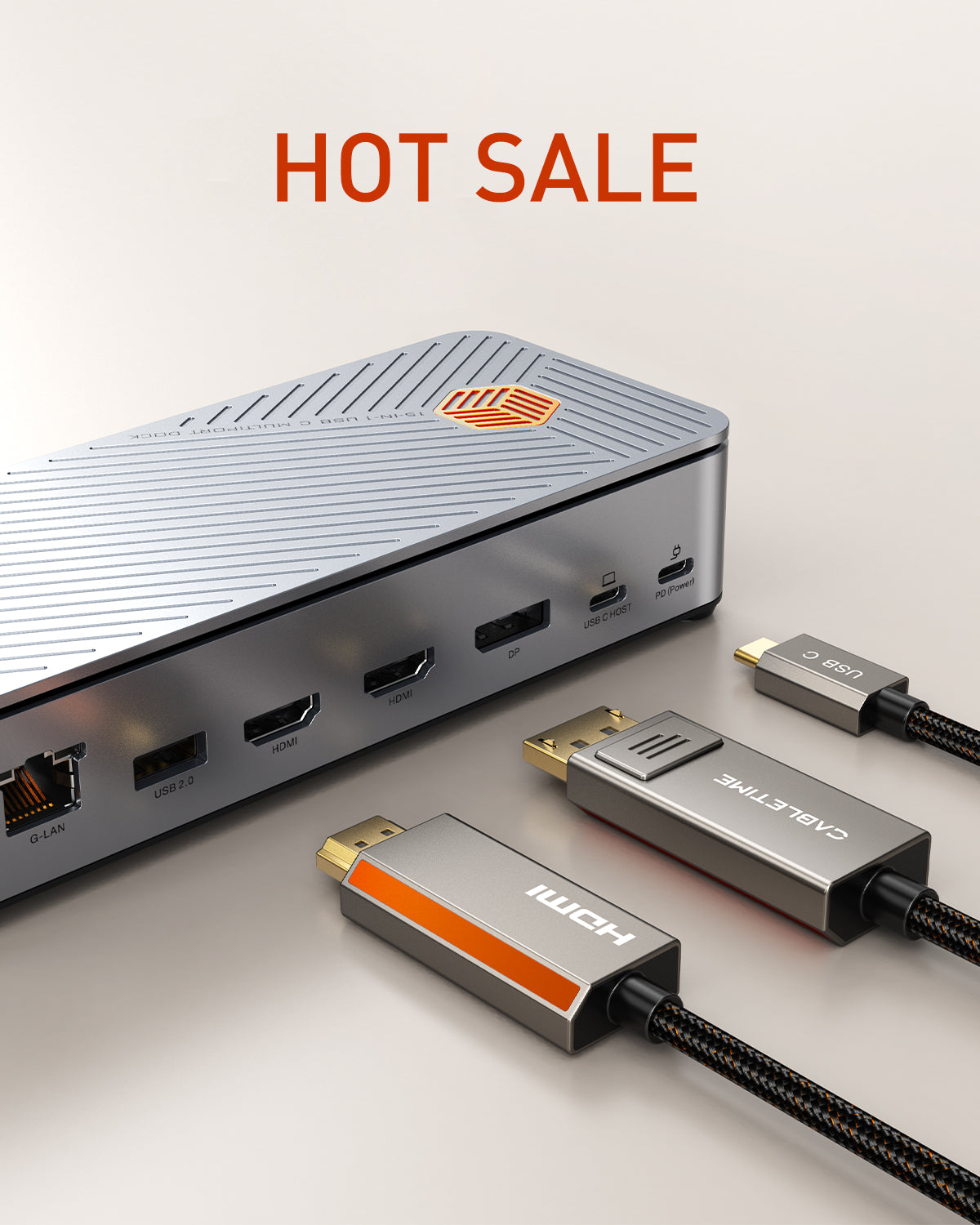
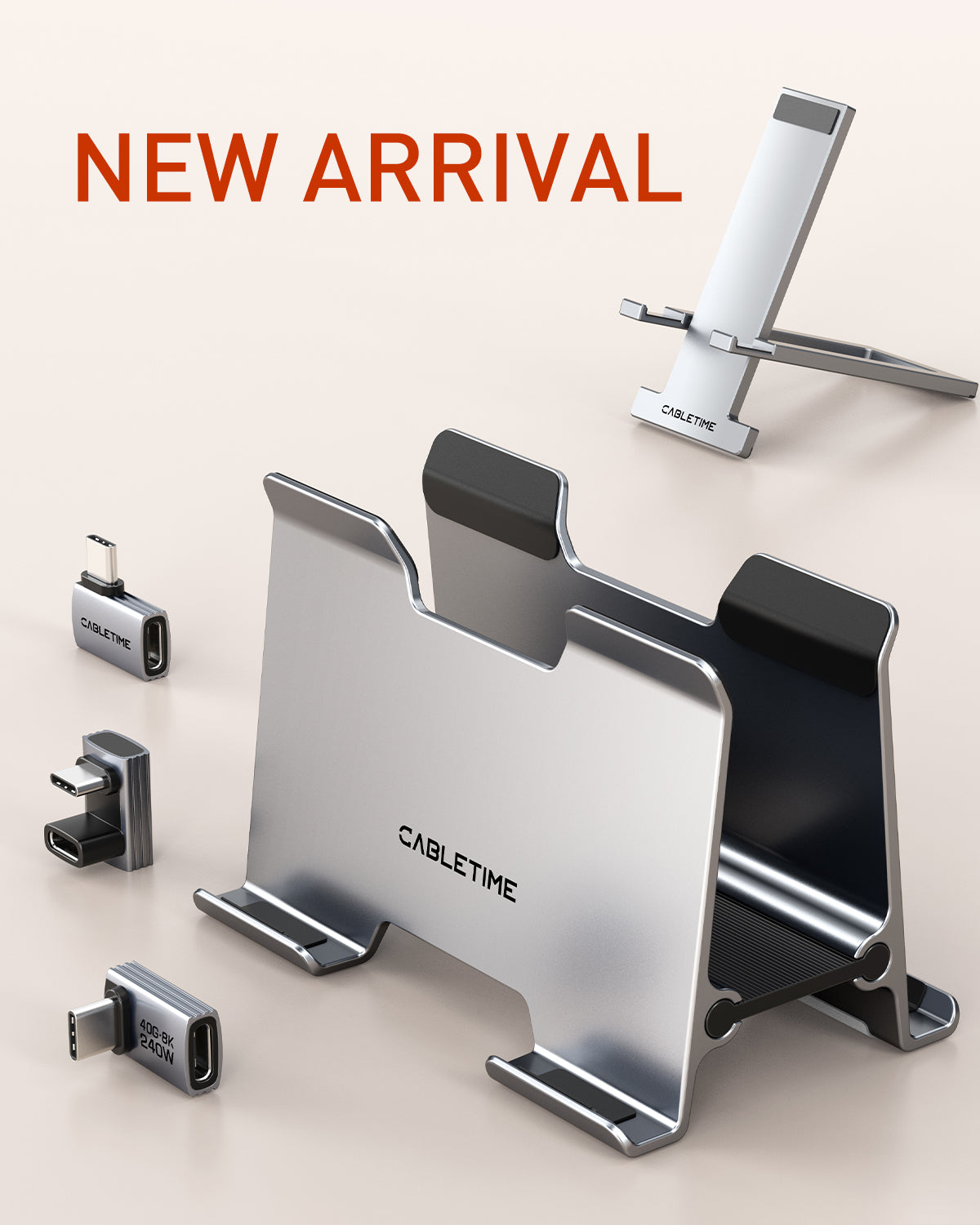
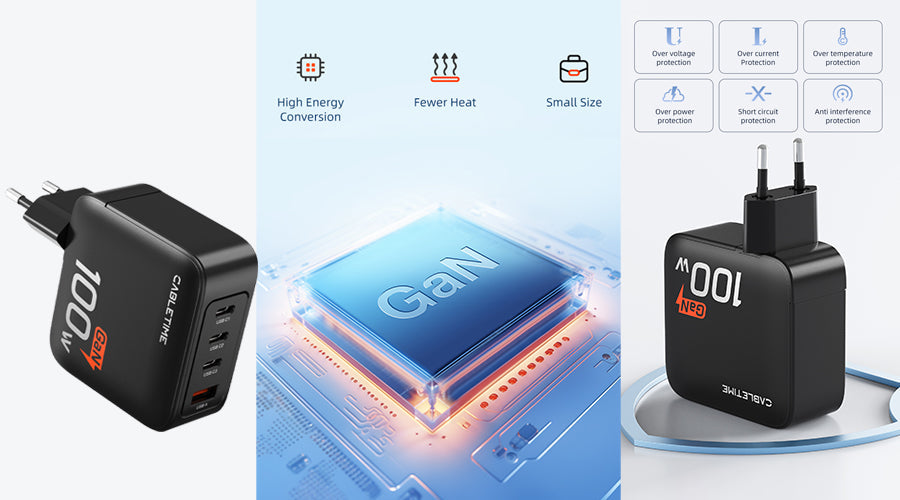
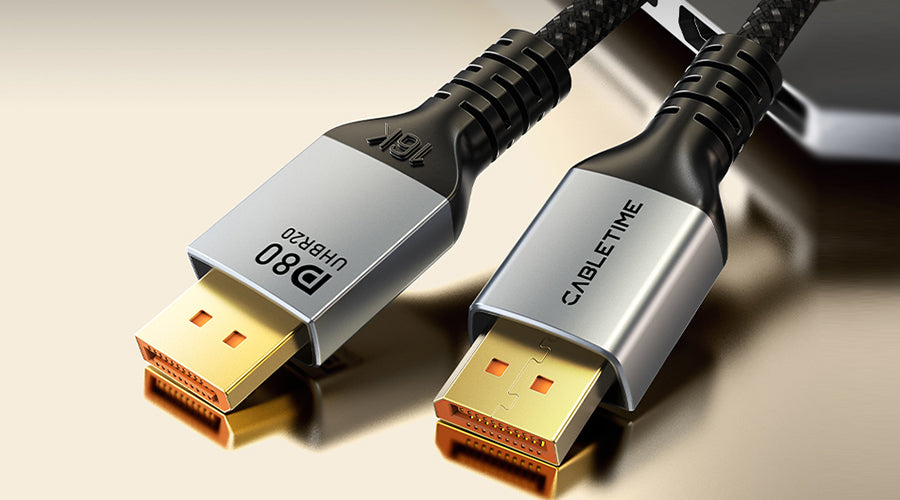
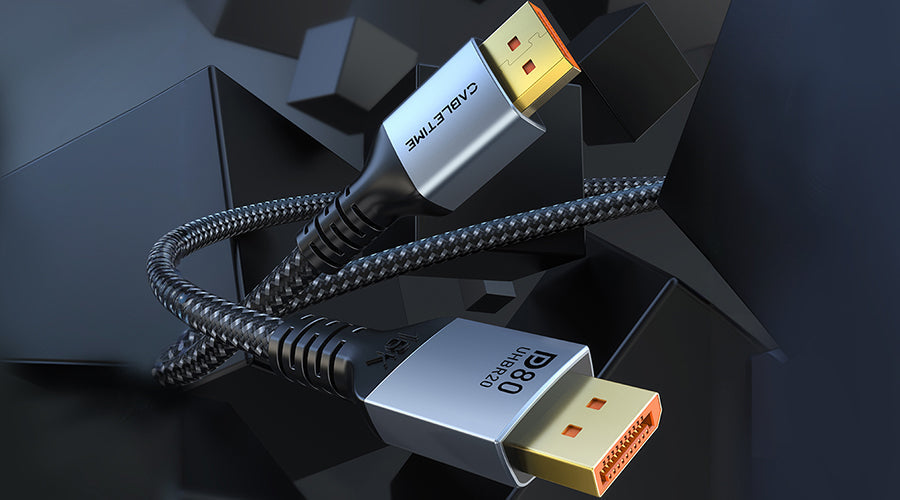
2 comments
Румпельштильскин
Исходя из ваше информации есть вывод чем выше напряжение з/у, тем быстрее оно заряжает акб. А если з/у 5.5вольт 6А от иного прибора(на холостом замере напряжения на выходе почти 6вольт), с иным штекером перепаять на штекер микро юсб или таип си для зарядки смартфонов со стандартной зарядкой с завода 4,5В, 2А и акб емкостями 3000-4000Ач, можно ли не угробить акб устроиства заряжая таким с указанными параметрами ? По вашей статье – можно.
JACKY TROCCHIA
Bonjour,
Je voudrais charger la batterie lipo 3,7V, 1800mA de mon mini drone JJRC X28, avec un chargeur rapide mural USB, pour Smartphone, ou tablette 5V, 2A. Est ce possible? J’ai fait un petit essais avec un un chargeur
de ce type. J’ai relevé les valeurs suivantes: 5,17V et 0.5 A. Ces valeurs sont elles normales? Quelle est la
valeur du courant en fin de charge? Est-ce que 0,5A correspond au courant en fin de charge?
Merci d’avance, sincères salutations, Trocchia Jacky
Leave a comment
This site is protected by hCaptcha and the hCaptcha Privacy Policy and Terms of Service apply.